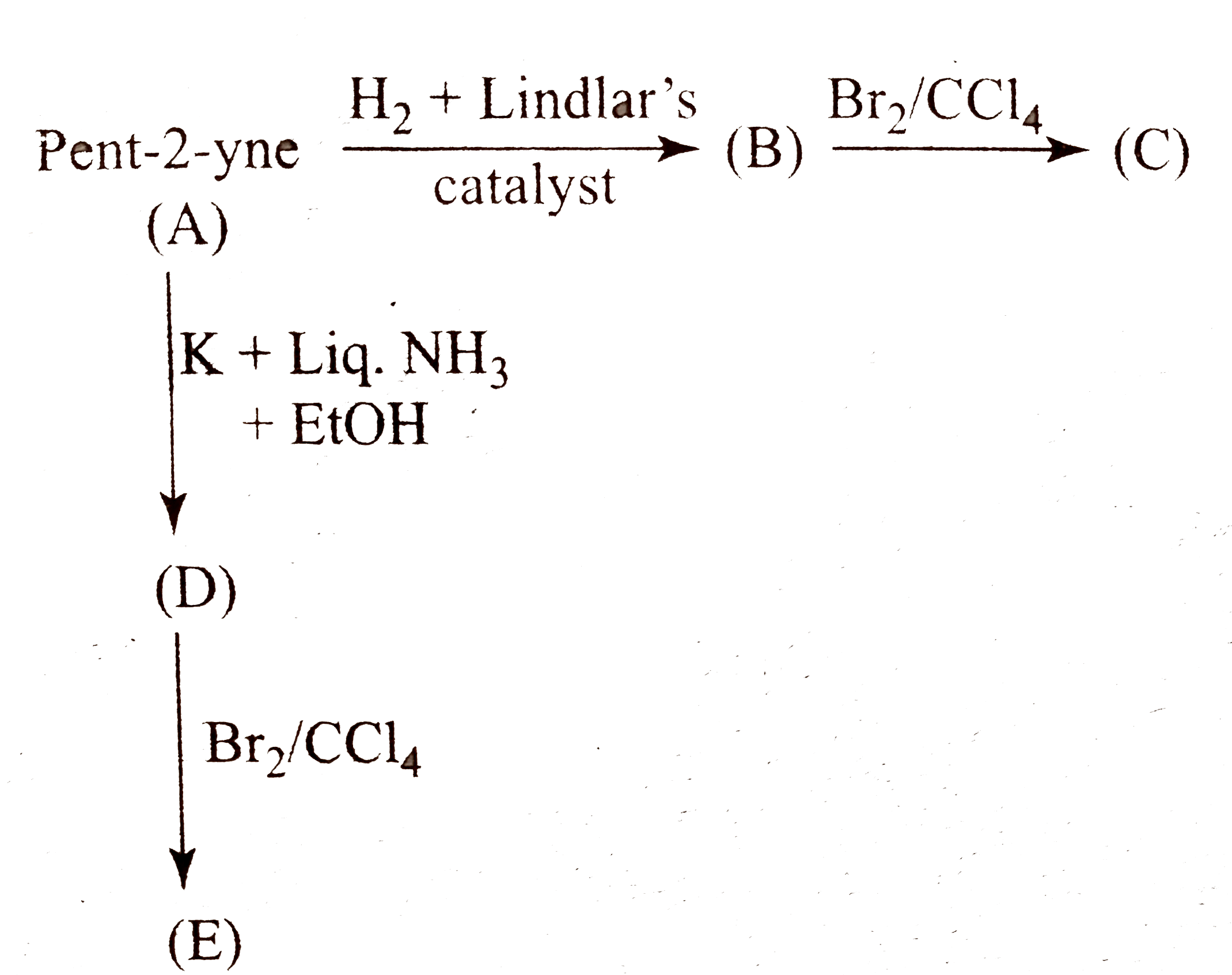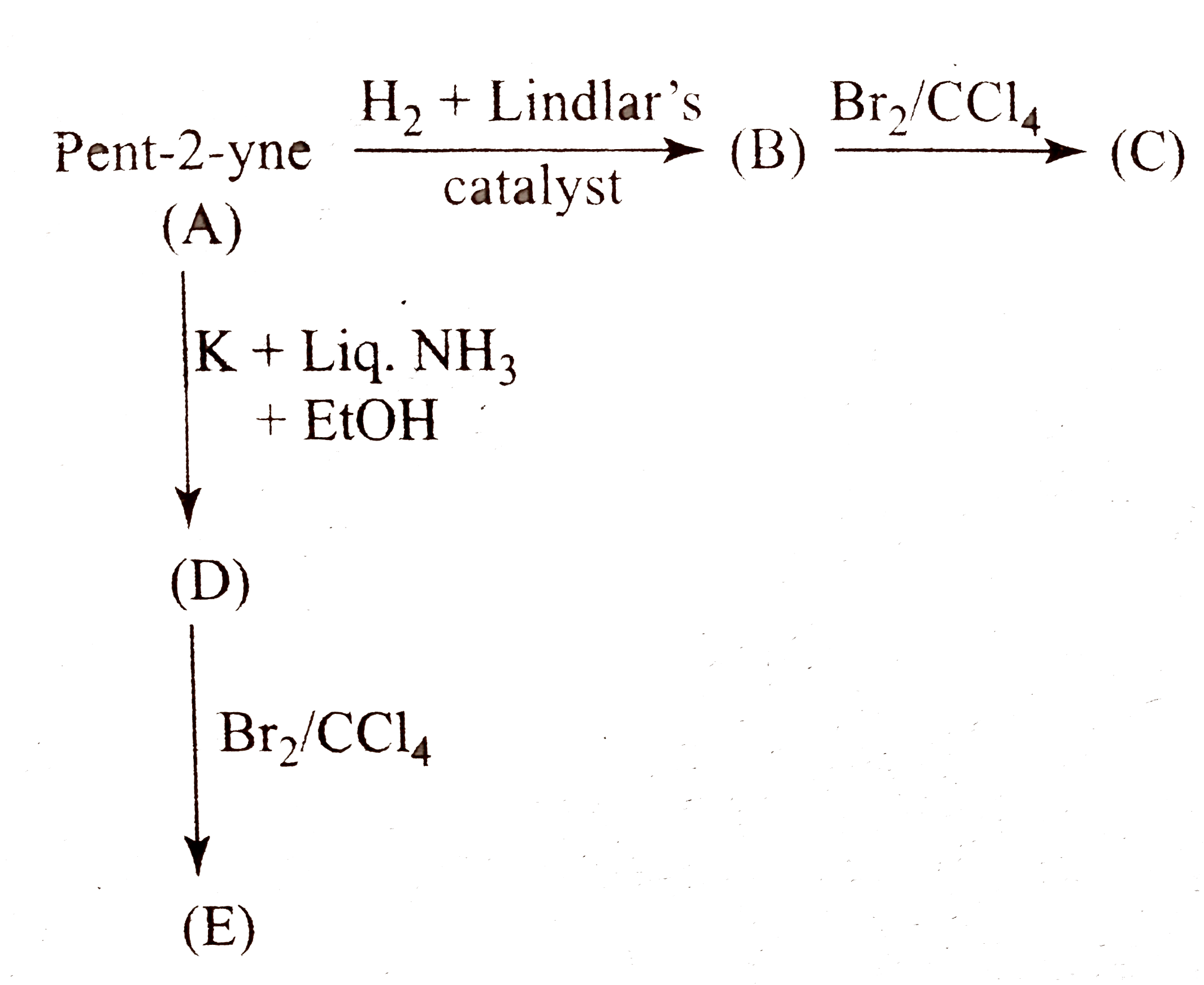
The formation of (C) and (E) takes place, respectivley, when :
A
The formation of both takes place by syn − addition of Br2.
B
The formation of both takes place by anti − addition of Br2
C
The formation of (C) takes place by anti − and (E) by syn − addition of Br.
D
The formation of (C) takes place by syn − and (E) by anti − addition of Br2
Video Solution
Text Solution
The correct Answer is:b.
|
Answer
Step by step video & image solution for The formation of (C) and (E) takes place, respectivley, when : by Chemistry experts to help you in doubts & scoring excellent marks in Class 11 exams.
Updated on:21/07/2023Topper's Solved these Questions
- ALKENES AND ALKADIENESBOOK - CENGAGE CHEMISTRY ENGLISHCHAPTER - ALKENES AND ALKADIENESEXERCISE - Multiple Correct Answer Type
41 Videos
- ALKENES AND ALKADIENESBOOK - CENGAGE CHEMISTRY ENGLISHCHAPTER - ALKENES AND ALKADIENESEXERCISE - Single Correct Answer Type
62 Videos
- ALKENES AND ALKADIENESBOOK - CENGAGE CHEMISTRY ENGLISHCHAPTER - ALKENES AND ALKADIENESEXERCISE - EXERCISES
29 Videos
- ALKANES AND CYCLOALKANESBOOK - CENGAGE CHEMISTRY ENGLISHCHAPTER - ALKANES AND CYCLOALKANESEXERCISE - Archives
13 Videos
- ALKYNESBOOK - CENGAGE CHEMISTRY ENGLISHCHAPTER - ALKYNESEXERCISE - Exercises (Archives - Analytical and Desriptive Type)
4 Videos
Similar Questions
Knowledge Check
The formation of micelles takes place only above
Acritical temperatureBkraft temperatureCinversion temperatureDabsolute temperatureCyst formation takes place during
Abinary fissionBzygotic meiosisCgametic meiosisDspore formation
Expiration takes place when
View SolutionThe entire reactions of C4 pathway take place in
View SolutionDegrowth takes place when
View SolutionNo net diffusion of water takes place when
View SolutionFormation of activation calyx in the egg takes place
View SolutionInspiration can take place only when:
View Solution

